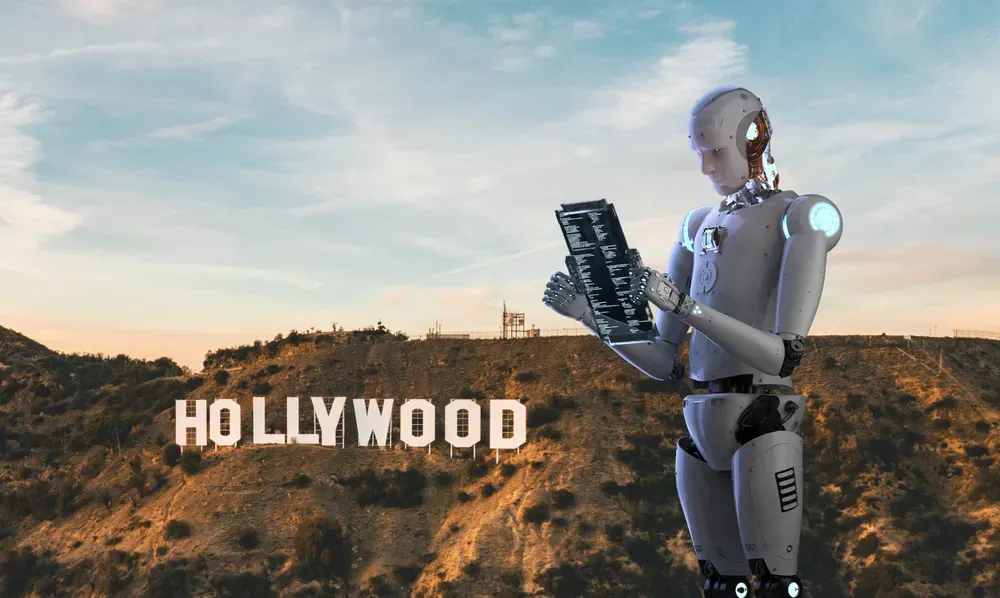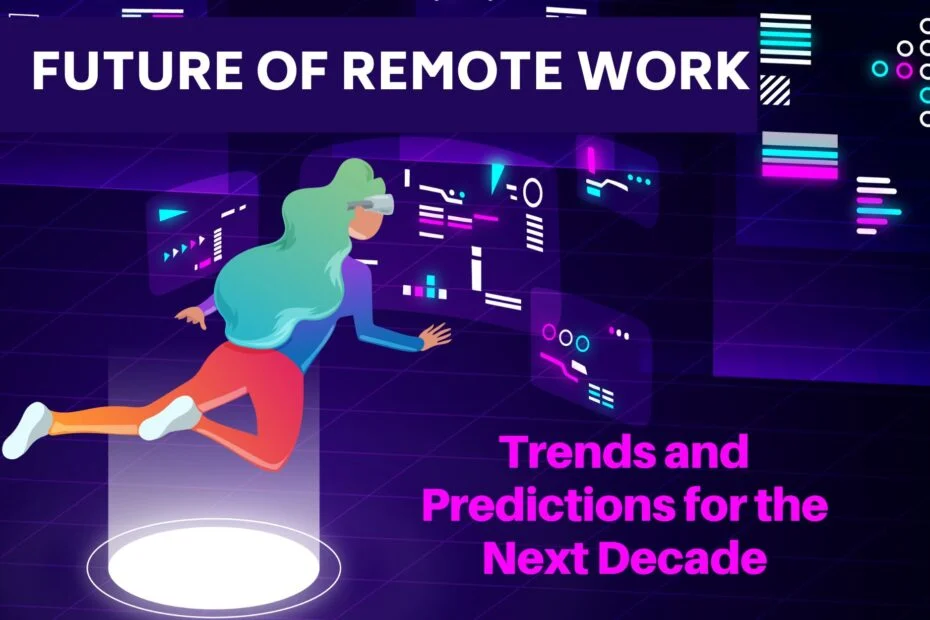AI in Hollywood and China is revolutionizing the film industry as each region navigates its unique approach towards this technology. In Hollywood, the impact of artificial intelligence in film has been met with caution, as studios balance cost efficiency against the fears of creative professionals regarding the erosion of artistic integrity. Meanwhile, China Film Foundation AI initiatives, such as revitalizing classic kung fu films using AI techniques, demonstrate a bold embrace of technological advancement, unabashedly leveraging AI to reshape cultural narratives. Filmmaking processes in China are rapidly evolving, with AI accelerating script development and post-production, heightening the potential for global audiences to appreciate these rejuvenated classics. As the tug-of-war between American caution and Chinese innovation unfolds, the future of cinema hangs in the balance, inviting a fascinating examination of tradition versus opportunity.
The intersection of technology and cinema reveals a transformative landscape, where artificial intelligence propels creativity to new heights. Across the globe, filmmakers are exploring alternative storytelling methods, especially in dynamic markets like Hollywood and China. While the U.S. industry grapples with the implications of AI-driven narratives, China’s cultural initiatives underscore a commitment to rejuvenating and animating historical masterpieces. The initiative to modernize iconic martial arts films not only showcases technological prowess but also taps into a rich legacy that resonates with international fans. As the dialogue about AI in cinematic storytelling progresses, the resilience of cultural expressions remains at the forefront.
The Rise of AI in Hollywood: Opportunities and Challenges
Hollywood’s adoption of artificial intelligence presents a complex landscape that holds both promise and apprehension. Studios are increasingly looking to AI technologies to streamline production processes, enhance visual effects, and even assist in scriptwriting. However, this transformation comes with significant challenges, particularly concerning the protection of intellectual property and the potential impacts on labor dynamics within the industry. As studios experiment with AI, they must navigate the concerns voiced by creatives, including actors and directors who fear the misuse of their likenesses and artistic intentions.
Moreover, the tension is palpable as the Directors Guild of America (DGA) articulates its worries regarding AI’s role in filmmaking. While AI could serve as a valuable tool in enhancing creative output, the DGA stresses that it should never compromise the artistic integrity of films. This cautious approach contrasts sharply with the more exploratory stance taken by the Chinese film industry, which integrates AI into its creative processes with fewer restrictions, raising questions about the future balance between innovation and original artistic voices in Hollywood.
China’s Film Foundation and the Future of Kung Fu Cinema
The China Film Foundation’s bold initiative to resurrect classic kung fu films through AI is a remarkable endeavor that showcases the country’s readiness to embrace technological advancements in storytelling. By revitalizing iconic films like “Police Story” and “Fist of Fury,” China aims not only to preserve its cultural heritage but also to engage a new generation of viewers. The use of AI to create animated adaptations of these classics reflects the foundation’s vision of blending tradition with modern technology, allowing for innovative reinterpretations of beloved stories.
As part of this project, partnerships with AI firms will result in enhanced viewing experiences, promising to immerse audiences in vivid, interactive worlds reminiscent of the action-packed sequences that defined the original films. However, the reception of these projects must be carefully managed, especially in light of potential controversies regarding intellectual property rights. The foundation is striving to ensure that creators’ interests are respected, striking a balance between innovation and artistic integrity as it leads the charge in transforming China’s cinematic landscape.
The Role of AI in Revitalizing Classic Films
AI technology plays a pivotal role in reimagining classic films, a task that can breathe fresh life into narratives while attracting contemporary audiences. By utilizing AI, filmmakers can explore new animation styles that resonate with current trends, enhance visual storytelling, and even streamline production processes. For instance, the upcoming animated version of John Woo’s “A Better Tomorrow” seeks to reinterpret the film’s iconic visuals, utilizing AI capabilities to achieve a modern aesthetic that still pays homage to the original.
The revitalization of classic films through AI doesn’t just serve to attract younger viewers; it also creates opportunities for global collaboration and showcases the strength of China’s cultural storytelling. With the ability to appeal to diverse audiences, these AI-enhanced films can help foster an appreciation for traditional narratives while keeping pace with the rapidly evolving entertainment industry.
AI’s Transformative Potential in Filmmaking: A Comparison
The contrasting approaches to AI in Hollywood and China illustrate the transformative potential of this technology within the filmmaking industry. While Hollywood remains cautious, prioritizing a more traditional approach to storytelling, China embraces AI as an integral part of its creative process, showcasing an eagerness to disrupt conventional filmmaking norms. The Chinese film industry’s willingness to explore AI applications illustrates a proactive stance that could position them at the forefront of global cinema.
In the U.S., the dialogue surrounding AI often centers on its ethical implications and potential threats to job security within the industry. Hollywood unions, such as SAG-AFTRA, have raised alarms over the use of AI in ways that could undermine actors’ rights and creative expression. As AI can generate hyper-realistic deep fakes and alter performances, the industry must collectively redefine its relationship with this technology to safeguard artistic integrity while utilizing its capabilities to enhance storytelling.
AI and Filmmaking: How Technology is Reshaping Narratives
The integration of AI into filmmaking is reshaping narratives in unprecedented ways, allowing filmmakers to craft groundbreaking stories that were once unimaginable. AI not only aids in generating scripts and refining dialogue but also enhances visual effects and post-production processes. For example, techniques that once took days can now be accomplished in hours. This expedited workflow paves the way for more experimental projects, pushing creative boundaries and exploring new artistic avenues.
Furthermore, AI’s ability to analyze audience data provides insights into viewer preferences, enabling filmmakers to tailor their offerings for maximum impact. In contrast to traditional methods, this data-driven approach could lead to a more engaged and responsive filmmaking ecosystem, where narratives are shaped by real-time audience feedback. However, as filmmakers embrace these advancements, it is essential to maintain a balance between technology and the core human elements of storytelling that resonate with audiences.
Cultural Storytelling and AI: A New Era in Cinema
The intersection of cultural storytelling and artificial intelligence heralds a new era in cinema, where traditional narratives can be reimagined for modern audiences. As the China Film Foundation utilizes AI to revitalize kung fu films, it exemplifies how technology can enhance the communication of culture across borders. By enriching classic tales with state-of-the-art animation and interactive experiences, filmmakers can create works that resonate on multiple levels and attract global attention.
Moreover, the promise of AI extends beyond mere storytelling; it also serves as a bridge connecting disparate cultures. As filmmakers explore ways to utilize AI effectively, they can present their cultural narratives in a manner that transcends language and engages international viewers. This evolution marks a significant step towards inclusivity and cultural exchange in the global film landscape, inviting diverse perspectives and insights into the rich tapestry of world cinema.
Global Perspectives on AI: Trust Levels in Film Industries
The deployment of AI technologies in filmmaking has ushered in varying levels of trust among different countries, particularly between the U.S. and China. According to a survey by the United Nations Development Program, a striking 83% of Chinese citizens express trust in AI systems to act in society’s best interest, while only 37% of U.S. citizens feel similarly. This disparity highlights the different cultural attitudes towards technology and its integration into everyday life, including the creative sectors.
In Hollywood, skepticism prevails regarding AI’s role in the creative process, particularly among unions and artists who advocate for the protection of their rights. The American film industry grapples with the dual challenges of technological advancement and job security, often leading to resistance against the implementation of AI. Conversely, China’s more optimistic view of AI allows for a nimble approach to filmmaking that encourages bravery and innovation, fundamentally reshaping its entertainment landscape.
The Impact of AI on Intellectual Property Rights in Film
As artificial intelligence continues to influence filmmaking, the implications for intellectual property rights have become a significant concern for industry stakeholders. In Hollywood, studios and unions are engaged in rigorous discussions about how AI can be utilized while safeguarding creative rights, especially as legal cases arise over the use of copyrighted material by AI companies. Recent lawsuits, such as those filed by Walt Disney Co. and Universal Pictures against AI startups, underscore the urgency of establishing clear guidelines governing the intersection of AI and intellectual property.
In contrast, the Chinese film industry operates under a different set of expectations, where current protections around intellectual property are less robust compared to the U.S. This situation allows more flexibility in integrating AI but raises ethical questions regarding the ownership and rights of creative works. As China embarks on exciting new projects like the animated remake of “A Better Tomorrow,” industry observers are keenly watching to see how these dynamics unfold, particularly in how they shape future collaborations both domestically and internationally.
Future Collaborations Between AI Companies and Filmmakers
The future of filmmaking is poised for significant collaborations between AI companies and filmmakers, promising a redefined creative landscape that enables more innovative storytelling. As the boundary between technology and creativity continues to blur, partnerships will emerge that harness AI’s capabilities in various stages of production, from script development to post-production effects. The Chinese film industry, for instance, has already demonstrated a proactive approach by collaborating with AI firms to transform classic narratives into new cinematic experiences.
Moreover, the emphasis on partnerships signifies a broader move towards collective problem-solving in the face of technological advancements. Filmmakers worldwide will increasingly need to work alongside technologists to merge creative visions with technological expertise, allowing for a richer, multi-faceted approach to storytelling. This collaboration not only opens up new avenues for creative exploration but also ensures that filmmakers retain their unique perspectives while leveraging AI’s potential to enhance their narratives.
Frequently Asked Questions
What is the role of artificial intelligence in the revitalization of kung fu films in China?
The China Film Foundation has launched an initiative to use artificial intelligence to revitalize 100 classic kung fu films. This includes remastering iconic titles like ‘Police Story’ and ‘Once Upon a Time in China,’ with plans for animated adaptations that reinterpret the unique visual styles of original filmmakers. AI is expected to enhance storytelling and engage younger audiences globally.
How is Hollywood responding to the impact of AI on filmmaking?
Hollywood’s relationship with AI in filmmaking is cautious. While studios like Lionsgate and Blumhouse are exploring partnerships with AI companies, many artists and unions express concerns over job security and the integrity of creative work. The Directors Guild of America emphasizes that AI should not alter a director’s vision, highlighting the ongoing debate around AI’s role in maintaining artistic integrity.
What technology is China using to advance its film industry with AI?
China is leveraging AI for various applications in the film industry, including script development, content moderation, and visual effects. The National Radio and Television Administration noted that AI significantly reduces post-production time, optimizing the filmmaking process. This eagerness to embrace AI reflects China’s intent to enhance its cultural narratives and competitive edge in global entertainment.
What concerns do American filmmakers have about AI in film production?
American filmmakers are concerned that AI could jeopardize job security and alter original artistic visions. Unions like SAG-AFTRA are advocating for contract protections to safeguard against the potential misuse of AI, such as deep fakes and unauthorized alterations of films. The fear is that AI may undermine the creative essence and integrity of filmmaking.
How does the China Film Foundation plan to utilize AI to tell classic stories?
The China Film Foundation aims to utilize AI technology to reimagine classic kung fu films, potentially through animated versions that revitalize and reinterpret notable directors’ styles. This initiative is part of a broader strategy to enhance cultural storytelling and introduce these classics to new, global audiences using advanced AI techniques.
What impact do AI technologies have on the production of animated films in China?
AI technologies are transforming the production of animated films in China by streamlining processes and reducing staff requirements. For instance, the animated remake of ‘A Better Tomorrow’ was completed with only 30 staff, showcasing how AI can dramatically lower production costs while maintaining quality, allowing for more creative experimentation.
How is China’s approach to AI in entertainment different from Hollywood’s?
China’s approach to utilizing AI in entertainment is characterized by fewer restrictions and a bold experimental attitude. The government actively supports AI integration in various aspects of filmmaking, whereas Hollywood adopts a more guarded stance, often driven by concerns over job security and artistic integrity. This dichotomy showcases the differing cultural attitudes toward innovation in their respective film industries.
What potential does AI hold for the future of kung fu films in China?
AI has the potential to revolutionize kung fu films in China by introducing enhanced visual effects, immersive viewing experiences, and revitalized storytelling that resonates with younger generations. The China Film Foundation is optimistic that AI can breathe new life into these classics, expanding their reach and relevance in today’s market.
Why is the revitalization of classic kung fu films significant for China’s cultural narrative?
The revitalization of classic kung fu films is significant for China’s cultural narrative because it allows the country to reinforce its heritage while also appealing to a global audience. By utilizing AI to enhance these iconic stories, China seeks to assert its cultural identity and narrative on the international stage, promoting a deeper understanding of its filmmaking legacy.
What challenges do Hollywood studios face regarding AI and intellectual property?
Hollywood studios face challenges in navigating AI’s implications for intellectual property, particularly concerning how AI companies use copyrighted materials for training. Legal disputes, like those involving Disney and Universal Pictures against AI startups, highlight the complexities of protecting creative works while exploring new technologies in filmmaking.
| Key Points | Hollywood | China |
|---|---|---|
| Complex relationship with AI, striving to reduce costs while respecting creatives’ interests. | Cautious approach with concerns over intellectual property. | Unabashedly adopting AI to enhance content creation. |
| Fears of AI altering artistic integrity, especially among unions like DGA. | Active resistance from Hollywood creatives against AI’s potential negative impacts on jobs. | Limited organized resistance to AI’s impact on jobs and creative rights. |
| Legal battles ongoing regarding AI’s use of copyrighted materials in film production. | Innovations with AI in animation and visual effects, reducing production time significantly. | AI transforming traditional filmmaking processes, with significant government support. |
| Hollywood seeks collaboration but with care over talent’s comfort. | Plans for reintroducing classic films to global audiences using AI. | Ambitious AI initiatives to enhance the narrative of cultural storytelling. |
Summary
AI in Hollywood and China showcases distinct approaches to the integration of artificial intelligence in the entertainment industry. While Hollywood grapples with concerns over artistic integrity and labor rights, China confidently leverages AI to revitalize its cinema, particularly through classic kung fu films. This difference not only highlights the cultural divergence regarding technology’s role in creative fields but also signals a growing competition between the two nations as they navigate the evolving landscape of artificial intelligence in storytelling. As AI continues to shape the future of entertainment, both industries must address the challenges and opportunities this technology presents.



